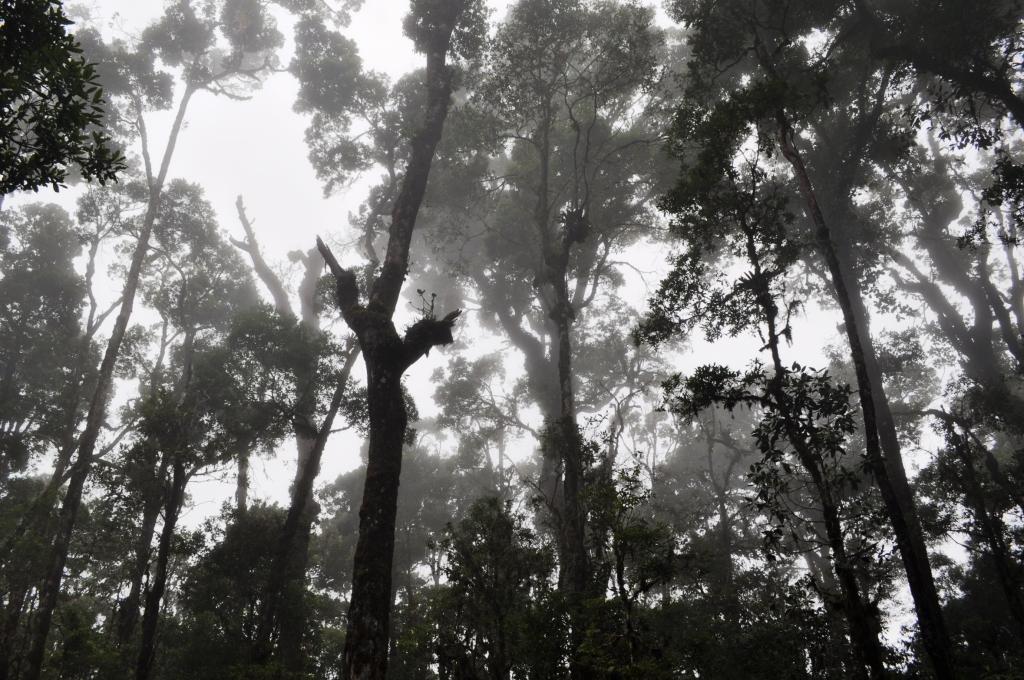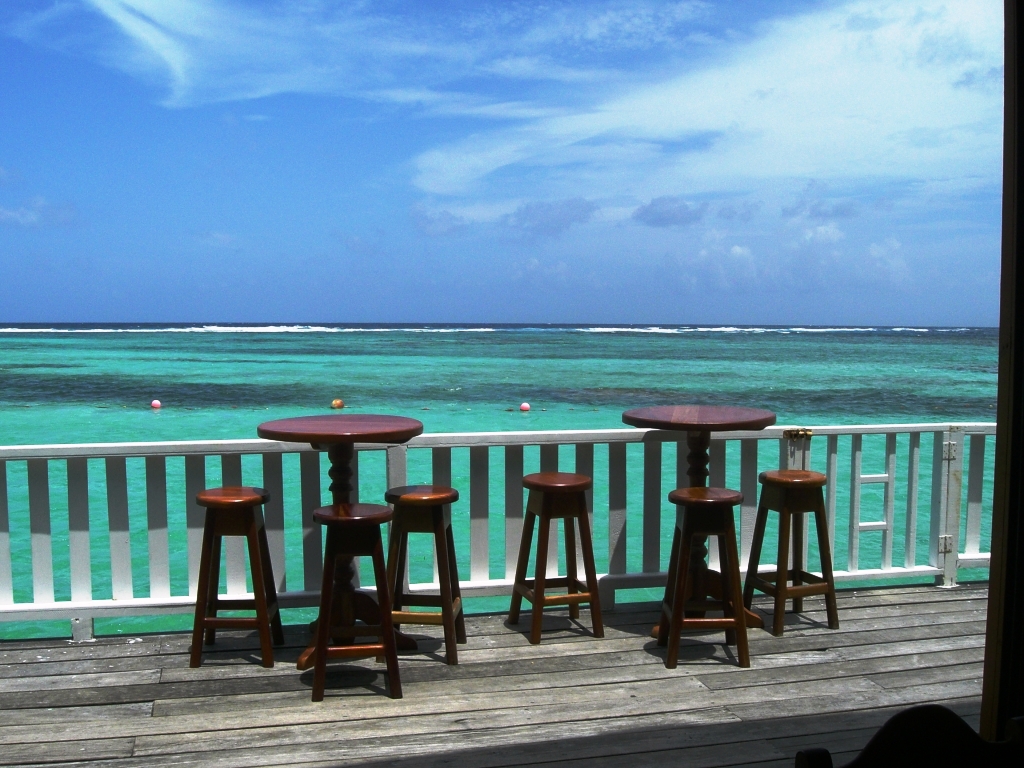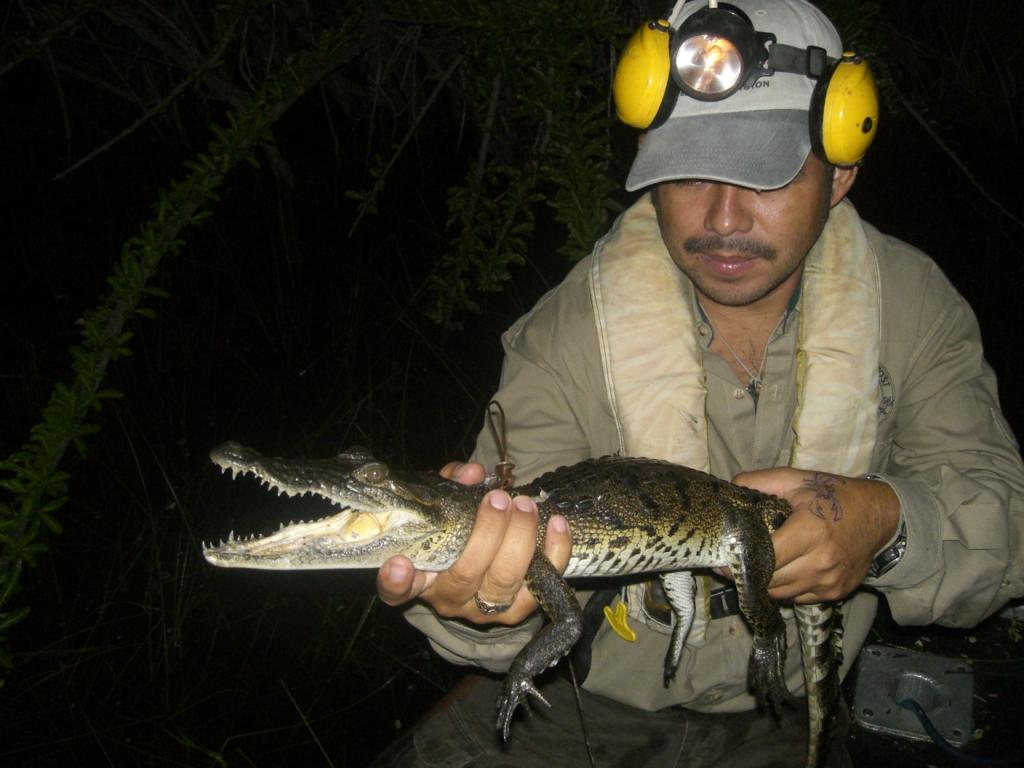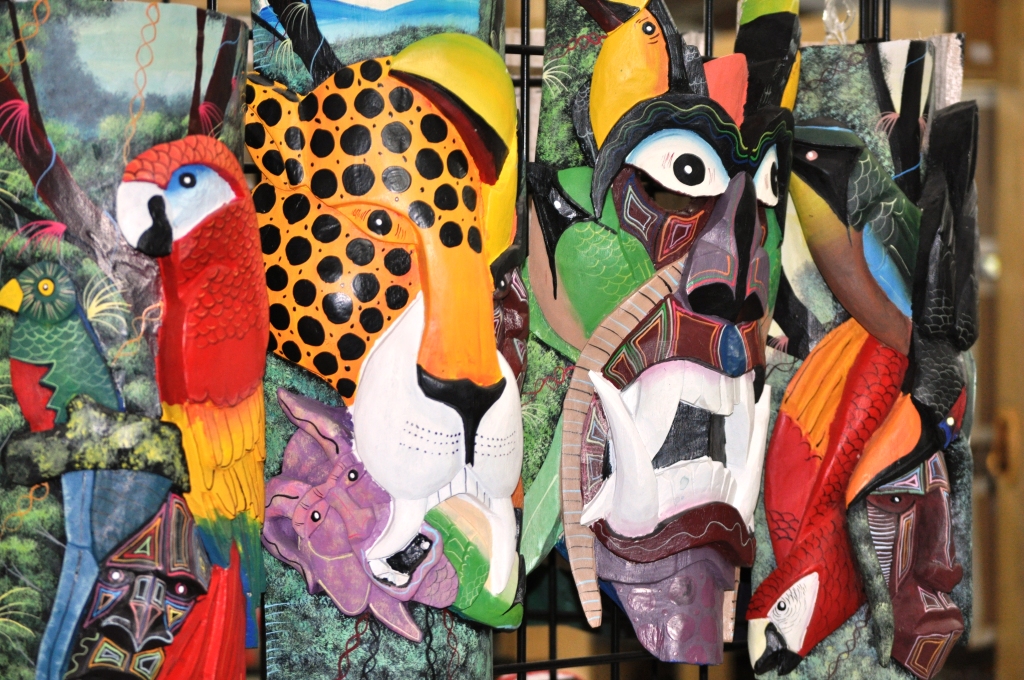I am standing on a platform about 60 feet above the ground, getting ready to swing through the Costa Rican rainforest like a Central American Tarzan. Or a scientist.
The zipline is sails over the five-star Bourinquen Resort, an eco-resort in Guanacaste, which offers not only ziplining, but also combination ziplining-horseback riding excursions. It’s hard, here at this luxurious property, to remember that ziplining was not invented for tourists, but rather, was first used by scientists who started using ropes and climbing gear and took to the air in search of the secrets of the rainforest.
In Your Bucket Because…
- Ziplining started to give scientists a better view of the forest canopy; now it’s your turn to get the same bird’s eye view.
- It’s an eco-friendly tourist attraction that contributes to sustainability.
- You might see a quetzale, the brilliantly colored national bird.
- Good for families, eco-tourists, adventure travelers.
Today, you can barely throw a stone in Costa Rica without hitting a zipline. You’ll find them in parks and forests, and on the grounds of hotels and resorts. You can combine a zipline tour with a waterfall excursion, or a hike, or birdwatching, or, as I am doing at Bourinquen, with a horseback ride.
It’s not hard to see why flying through the air a hundred or more feet above the ground has become a popular adventure travel activity, especially for families with adrenaline-junkie kids. But what’s also interesting is that zip-lining is not only cost-effective and practical, even in a developing country, but it’s also a sustainable and eco-friendly activity, with the perfect combination of thrill-seeking and mind-improving: As I’m clipping my caribiners to the next set of cables, my guide is pointing at some birds, of which I have, so to speak, a bird’s-eye view.
All of which makes ziplining one of Costa Rica’s signature activities: The country that put ziplining on the map also happens to be a country with a national commitment to sustainable tourism. The motto of the tourism board is “no artificial ingredients” and ziplining (along with horseback riding, birdwatching, hiking, river tours, and ocean activities) fits perfectly into that ethic. Consider the following:
- Once constructed, a zip-lining facility requires no fossil fuels to run on a daily basis (unless, that is, sky trams and gondolas are involved).
- Ziplines are a relatively low-cost, low-tech project to install, ideal in a developing nation.
- Ziplining puts people in the air, swinging over the forest floor, not trampling on delicate vegetation.
- Ziplining provides employment to local people, who can easily be trained to take on responsible positions of guiding groups and managing the facilities. It also creates trickle-down secondary employment, such as preparing meals and making and selling souvenirs.
- No one is going to want to zip over a shopping mall, so having a zipline means that efforts will be made to preserve the forest.
- Ziplining can be an educational experience that brings adults and children up close and personal with the natural environment. In Costa Rica, for example, guides explain about cloud forests and rainforest ecology, and point out birds like the national symbol, the brightly-colored quetzal.
Finding the Right Zipline Course in Costa Rica

Perhaps the best place to zipline in Costa Rica is where it all began: In the cloud forests of the interior mountains. Ziplines are widely available, and just about every resort can book you into one. Try the eco-lodges near Los Quetzales National Park, Costa Rica’s newest national park, located just under 50 miles south of San Jose in the Talamanca Mountains. You may join the quetzal, Costa Rica’s brilliant turquoise, emerald, and ruby-colored bird, as you fly through the gray and green shrouded forest. (It’s not only the national bird of Guatemala; its name is Guatemala’s currency unit.) Also in the Central Highlands region are some of the more unusual zipline offerings, which include ziplines combined with butterfly gardens and hummingbird gardens.
Practicalities
Costa Rican zip line tours can be half-day mini-adventures, or they can be mixed with other activities, usually waterfall hiking, skytrams, bird watching, or horseback riding. Typical prices for ziplining range from $45 to $145, depending on amenities (lunch, transportation ) and activities (skytrams, riding, hiking, etc.).
Ziplining is safe for people of most ages weights, and physical conditions. Different facilities may have different requirements for visitor safety on ziplines, depending on the kind of course they offer. Typical restrictions include age (usually at least six, but sometimes older), pregnancy, and weight. (The limits usually cap out at around 250 pounds.) Check in advance, then strap in and enjoy the thrill of flying through the Costa Rican rainforest, which boasts some of the most interesting and richest tropical ecosystems on earth.
This article is updated from a story that appeared in 2012. The author traveled as a guest of the Costa Rican government.



